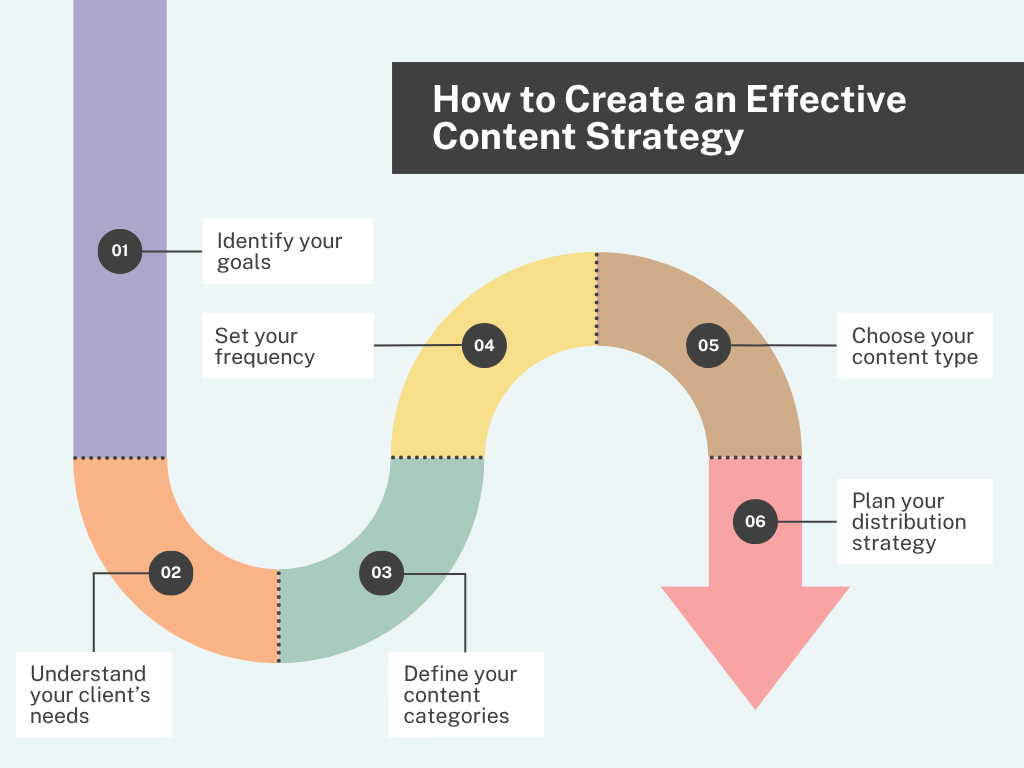Growing your brand awareness doesn’t happen overnight. It’s a long-term goal, but an essential one for any business that wants to build trust, attract loyal customers, and stand out in a competitive market. One of the most powerful tools to achieve this is content marketing.
When done right, content marketing not only drives traffic but also builds a memorable image of your brand in the minds of your audience. In this blog, we’ll explore the importance of brand awareness, how content marketing helps, and practical strategies you can use to build a strong online presence.
Why Brand Awareness Matters
Brand awareness is how familiar people are with your business, what it stands for, and what it offers. It’s more than just recognizing your logo—it’s about knowing your brand personality, your values, and why your brand is different.
Why is this important? Because people are more likely to buy from brands they recognize and trust. A strong awareness builds credibility, encourages word-of-mouth, and gives you an edge over competitors. When customers are aware of your brand, they’re more likely to think of you first when they need something you offer.
How Content Marketing Boosts Brand Awareness
Content marketing is not just about creating blog posts or videos—it’s about sharing valuable, helpful, and engaging content that reflects your brand’s identity.
Good content gives you the opportunity to:
- Educate your audience about what you do
- Show your unique strengths and values
- Build authority and trust in your industry
- Create emotional connections with your audience
Whether it’s a blog post, social media video, or podcast, your content should highlight what makes your brand different and why people should choose you.
7 Proven Content Marketing Strategies to Increase Brand Awareness:
1. Understand Your Audience Deeply
To create content that resonates, you must first know who you’re speaking to.
Ask yourself:
- Who are your ideal customers?
- What problems do they face?
- Where do they spend time online?
- What kind of content do they enjoy (blogs, videos, reels, etc.)?
Once you have these answers, tailor your content accordingly. For example, if your audience is mostly on Instagram, focus on visual storytelling and short video content. If they prefer educational content, offer blog guides or tutorials.
Use tools like Google Analytics, Facebook Insights, and surveys to gather data and shape your content strategy around your audience’s behavior.
2. Build a Clear Content Strategy
Creating content randomly won’t help. You need a structured plan.
Start by focusing on your brand story:
- Share how your business started
- What challenges you’ve overcome
- Your mission, vision, and values
Then, decide which content types and platforms work best for your business:
- Website pages: Your “About Us” and “Our Story” pages should reflect your brand identity.
- Blog posts: Share industry tips, how-to guides, and opinion pieces to build authority.
- Videos: Create behind-the-scenes content or product walkthroughs.
- E-books & guides: Offer free, valuable content in exchange for emails.
- Webinars: Teach your audience something useful while positioning yourself as an expert.
Lastly, create a content calendar. Plan how often you’ll publish and stick to it. Consistency builds familiarity—and familiarity builds trust.

3. Use Blogging to Become a Thought Leader
Blogging is still one of the most powerful content marketing tools for SEO and brand building.
Here’s how to make your blog stand out:
- Write original, in-depth content that solves problems, keeping in mind the importance of copywriting in business success to make your message impactful.
- Use relevant keywords to make your content SEO-friendly.
- Break down complex topics into easy, digestible formats.
- Add visuals like infographics or short explainer videos.
Pro Tip: Write on trending topics in your industry and give your unique opinion. You can even repurpose popular social media questions into blog posts. The goal is to show your expertise while staying relatable.
4. Get Involved in Your Community
Being an active part of your local or online community helps build brand personality and emotional connection.
Here’s how you can include community in your content:
- Cover your participation in charity events, sponsorships, or partnerships.
- Post photos and videos from these events on social media and blogs.
- Interview team members or local influencers about your involvement.
- Share your team’s behind-the-scenes activities, even casual fun moments—it humanizes your brand.
This kind of content shows your values and helps people relate to your brand beyond business.
5. Leverage Email Newsletters
Email marketing is still one of the best ways to keep your audience engaged and aware of your brand.
Your newsletters can include:
- Updates about your company
- Latest blog posts, videos, or product launches
- Helpful tips and educational content
- Exclusive offers or event invites
Always include a personal touch and a clear CTA (Call-to-Action). Encourage replies and conversations. The more personal your email feels, the more trust you build.
6. Promote Your Content on Social Media
Social media gives your content the wings to reach thousands—even millions. Post consistently on platforms like:
- Facebook: Great for community groups and sharing long-form posts.
- Instagram: Best for reels, carousels, and visual content.
- LinkedIn: Ideal for B2B companies or professional services.
- TikTok: Perfect if you’re targeting a younger demographic with fun and short-form content.
You can also boost your posts with paid ads to expand your reach. Run campaigns that promote high-value content like guides, blog posts, or videos. Don’t forget to engage—reply to comments, reshare user content, and start conversations.
7. Monitor and Improve Your Strategy
Finally, track what’s working and what’s not. Use tools like:
- Google Analytics: To measure traffic sources and content performance
- Search Console: To see which keywords your content ranks for
- Social media insights: To understand engagement and reach
Look at key metrics such as:
- Website traffic
- Click-through rates
- Social shares and likes
- Conversion rates
Regularly analyze these insights and adjust your content strategy. Keep doing more of what works and improve what doesn’t.
Collaborate with Influencers or Industry Experts
Partnering with influencers or well-known personalities in your niche can give your brand a major visibility boost. These partnerships can include guest blogs, shoutouts, social media takeovers, or co-hosted webinars.
Make sure your collaborators align with your brand values and have an engaged, relevant audience.
Final Thoughts
Content marketing is a powerful, long-term strategy for building brand awareness. But it takes consistency, creativity, and a deep understanding of your audience.
When you share valuable, engaging content regularly—whether it’s a blog, video, or social media post—you not only attract attention but also build trust, loyalty, and recognition for your brand.
So, start implementing these strategies today and watch your brand grow step by step.







